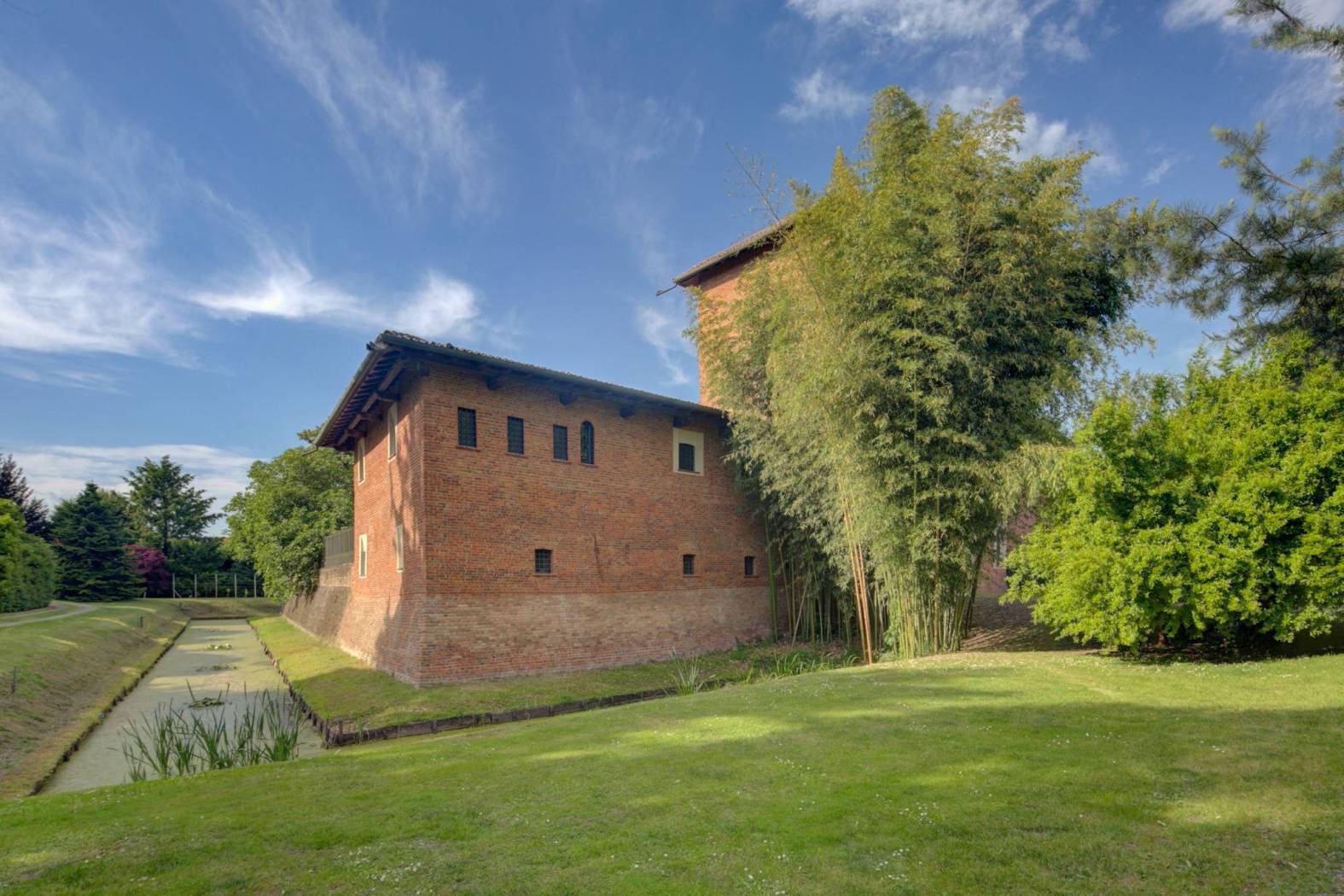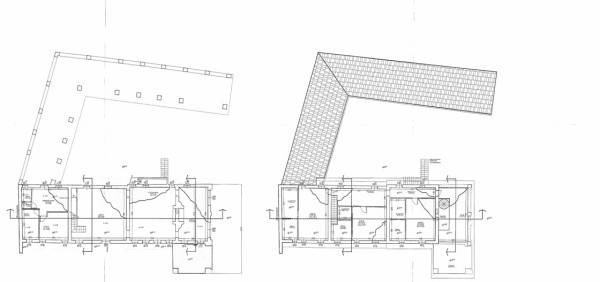In the wonderful countryside of Pavia we find the ancient castle of 1122 with large rooms and imposing avenues of the time. In a small historic village strategically located between Milan and Pavia, an ideal place for excursions and trips dedicated to nature and art, this splendid medieval castle is surrounded by a park of 1.4 hectares. The first certain news of the existence of the Castle dates back to a parchment of February 28, 1122, but it existed for a long time before, as shown by the remains of the oldest part, dating back to the 10th century, incorporated into a 14th century reconstruction. The Castle is half to the Church of the SS. Trinità of Pavia, part to the Church of S. Maria di Campomorto and the remaining part to the noble families of Landriani and Mantegazza, two of the oldest and most illustrious families in Milan. Vidigulfo was part of the territory that extended to the border of the Pavia territory, eternally disputed between Milan and Pavia, called “Common lands” or “Lost lands”, furthermore it was provided with all the resources of life and defense and fortified with a Castle with a tower, suitable for defense, protection and storage of food and weapons. In 1217, right in the Castle of Vidigulfo, a vain tenant of a peace agreement was concluded between the consuls of the enemy Municipalities of Pavia, Milan and Piacenza with the imperial army of Frederick I called Barbarossa. A fact of considerable historical importance that highlights the representative role that the fortress played at that time, which with the passing of time, will increasingly fulfill both administrative and residential functions. The tower is mentioned in a document from 1329 when the Castle was the exclusive domain of Giacomino Landriani by imperial investiture of Louis the Bavarian. From this moment on, the Landriani family retained ownership of the Castle in the following centuries. The changes of ownership that occurred over the centuries have multiplied but all between the members of the Landriani family who still maintained their high level of biltà in the 16th century. Around the first half of the 19th century, Luigi Stabilini became the new owner of the Castle and maintained possession of it until 1960. It has not been possible to ascertain the fate of the Landriani family but it is useful to remember that 1786 marks the end of the feudal system in Lombardy. At the end of the 1960s, the Castle was purchased by the archaeologist Aurelio Codara, who began renovation work on the building in a very poor state. After the death of Codara, the Castle passed into the hands of the current owner, who continued the work begun a few years earlier in the destination phase. The setting is that of the splendid Pavia countryside, an extraordinarily fascinating territory especially for the wealth of beautiful places to see and interesting to visit, including mainly the splendid Certosa di Pavia, a large monumental complex consisting of a monastery and a sanctuary along the banks of the characteristic Naviglio Pavese. The structure of the castle revolves around the internal courtyard and is dominated by a tower that represents one of the distinctive features of the structure of the fortress, characterized by a splendid vaulted ceiling with decorations and painted stems. Internally, spread over 2,600 square meters of surface, the large rooms with imposing period fireplaces take us back to a glorious and fascinating past, as does the imposing 17th century staircase. The park surrounding the Castle, with the colare magnolias and the ghetto of water lilies, completes the dreamlike atmosphere of this place full of history and charm at the gates of Milan. Extra Services, Garden. Dependance, Heating, Centralized, Private parking space, Double glazing, Fireplace. For more information: GIEFFE PATRIMONI SRL, Real Estate Advisor, Turin – London – Alba – Milan – Rome – Monza. (+39) 011 / 76.000.11


































